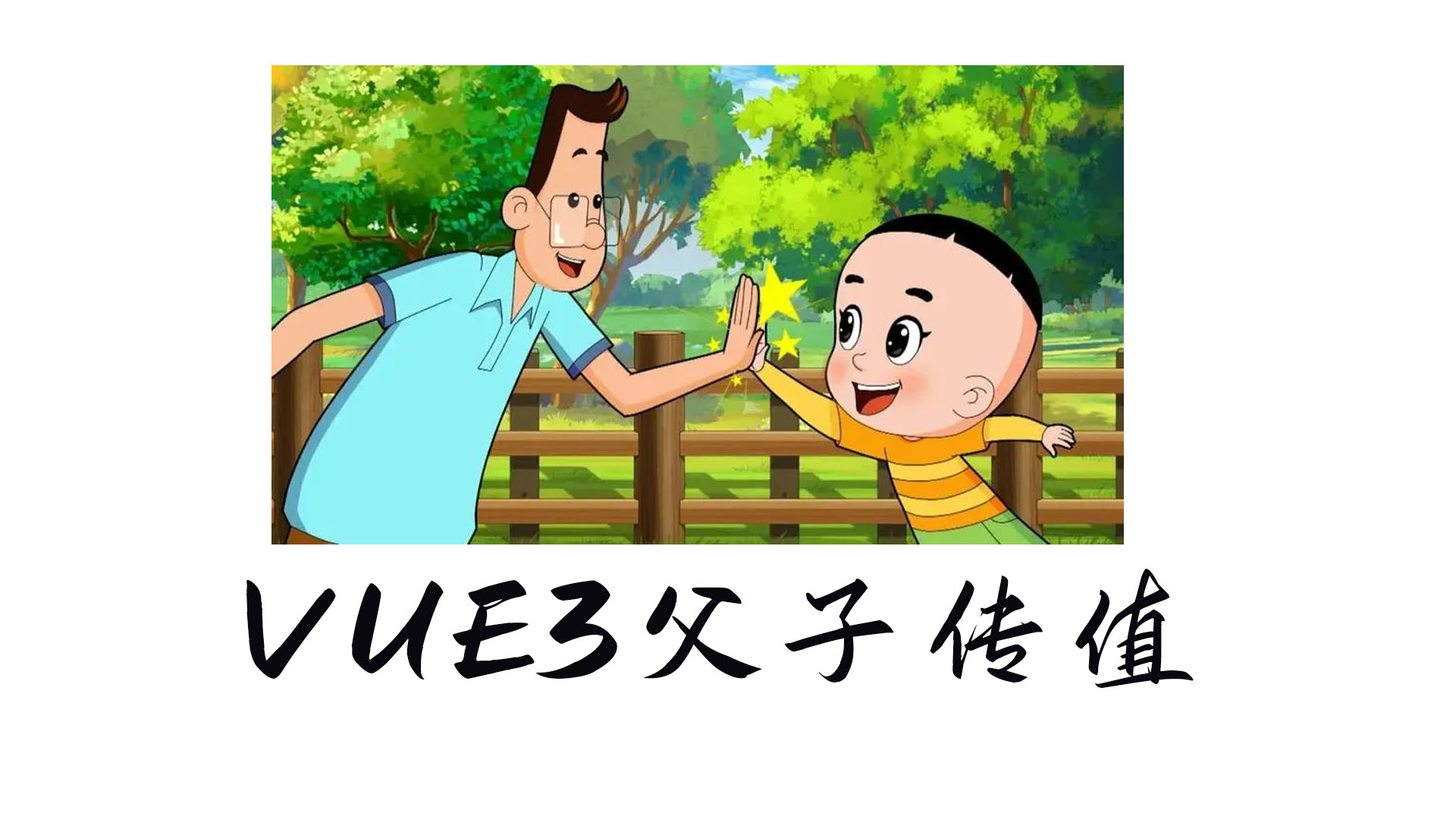
1.在Vue3中,子组件可以通过props接收父组件传递的值,也可以通过$emit方法向父组件发送事件。具体操作如下:
父组件传递值给子组件:
父组件中使用子组件时,可以在子组件标签上使用属性绑定的方式,将父组件中的数据传递给子组件:
<template>
<div>
<ChildComponent :msg="parentMsg" />
</div>
</template>
<script>
import ChildComponent from './ChildComponent.vue'
export default {
name: 'ParentComponent',
components: { ChildComponent },
data() {
return {
parentMsg: 'Hello from parent!'
}
}
}
</script>
子组件中通过props接收父组件传递的值:
<template>
<div>
{{ msg }}
</div>
</template>
<script>
export default {
name: 'ChildComponent',
props: {
msg: String
}
}
</script>
子组件中通过$emit方法触发一个自定义事件,父组件通过在子组件标签上使用v-on绑定自定义事件的方式,监听子组件触发的事件并处理:
<template>
<div>
<button @click="sendMsg">发送消息到父组件</button>
</div>
</template>
<script>
export default {
name: 'ChildComponent',
methods: {
sendMsg() {
this.$emit('send-msg', 'Hello from child!')
}
}
}
</script>
<template>
<div>
<ChildComponent @send-msg="handleMsg" />
</div>
</template>
<script>
import ChildComponent from './ChildComponent.vue'
export default {
name: 'ParentComponent',
components: { ChildComponent },
methods: {
handleMsg(msg) {
console.log(msg)
}
}
}
</script>
<script setup>
import { reactive, toRefs, ref, onMounted, watch } from 'vue'
const prop = defineProps(
{
msg: String
}
)
onMounted(() => {
})
</script>
<template>
<div>
<p class="titleP">{{ msg }}</p>
<div class="line"></div>
<div class="lineLong"></div>
</div>
</template>
<style scoped lang='less'>
.lineLong {
width: 285px;
height: 1px;
// background-color:green;
background: linear-gradient(to right, rgb(255, 255, 255) 25%, rgba(255, 255, 255, 0.534) 45%, rgba(255, 255, 255, 0));
position: absolute;
top: 29px;
left: 10px;
}
.line {
width: 5px;
height: 3px;
background-color: rgb(22, 214, 32);
position: absolute;
top: 28px;
//left: 105px;
}
.gradient-bg {
background: linear-gradient(to bottom, white 0%, white 25%, rgb(44, 133, 248) 38%, rgb(20, 100, 248) 100%);
-webkit-background-clip: text;
background-clip: text;
/* 不带前缀的版本用于支持标准属性的浏览器 */
-webkit-text-fill-color: transparent;
/* 带前缀的版本用于较老的WebKit浏览器 */
color: transparent;
/* 标准属性,但某些浏览器可能还需要上面的-webkit-text-fill-color */
}
.titleP {
.gradient-bg;
color: white;
width: 410px;
height: 50px;
text-align: left;
// border: 1px rgb(0, 255, 76) solid;
left: 22px;
position: absolute;
// top: 11px;
letter-spacing: 9.5px;
font-style: italic;
transform: scaleY(1.01);
font-size: 17PX;
font-weight: 600;
}
</style>
|